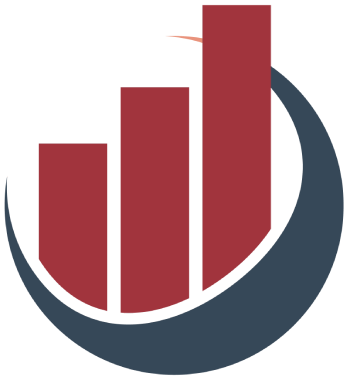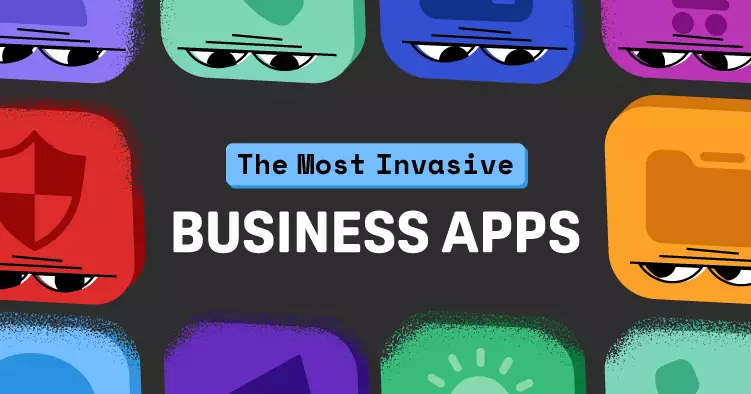As smartphone users, we often overlook a critical aspect of our application usage—data privacy. Most of us, in our quest for convenience and free services, hastily consent to privacy policies without comprehensively understanding the implications. A recent survey by Pew Research underscores this alarming trend: approximately 57% of Americans are prompted to accept privacy agreements on a weekly basis, yet a mere 9% actually read these documents in full. This scenario indicates a significant disconnect between consumer awareness and app developers’ intentions.
The Imbalance of Power: Who Holds Your Data?
Applications today increasingly rely on the “freeware” business model, which trades free access to services for the personal data of users. This paradigm has gained traction because it allows companies to monetize data through targeted advertising, product enhancements, and even selling information to third parties. According to a study by Oxford University, nearly 90% of free applications share user data with at least one other entity, and many transmit this information to multiple companies. The implications are profound: the more data an app collects, the more invasive it becomes, often prioritizing corporate interests over user privacy.
The complexity of privacy policies is a deliberate tactic designed to obfuscate the amount of data being accessed. Most users simply dismiss the fine print, trusting that their favorite applications have their best interests at heart. However, this trust may be misplaced, as companies often prioritize profits over transparency. Mobile app developers are acutely aware of the lengths to which users will go for a free service. Hence, the requirement for consent morphs into a coercive measure, compelling users to forsake their privacy in exchange for convenience.
Data Segmentation: What Are Apps Really Collecting?
As revealed by Apple’s app privacy details, developers can collect up to 32 segments of personal information, such as contact info, location, and browsing history, categorized into 14 distinct data types. The data segmentation approach allows companies to gather specific information tailored to their services. For example, user identity, payment information, and sensitive health data can all be collected, contributing to an alarming amount of personal exposure.
The analysis conducted on over 200 business applications across various categories highlights a worrying trend: the most popular apps tend to be the most invasive. For instance, Facebook Messenger, with its demand for 26 data points, exemplifies how a dominant company capitalizes on user engagement by collecting as much data as possible. Similarly, other big players like PayPal and eBay exhibit aggressive data collection strategies, leading many of their users into a privacy quagmire.
Understanding the Invasive Landscape of Business Apps
As the digital economy thrives, it becomes crucial for users to distinguish between the varying levels of data invasion by different app categories. Notably, marketing apps emerged as particularly invasive, collecting an average of 16.5 data points, demonstrating how these tools maximize user insights for competitive advantages. Conversely, business intelligence applications require significantly less data (averaging 4.5 points), yet some among them still gather surprisingly invasive information.
An illuminating case study is that of popular business intelligence app Zoho Analytics, which demands access to a user’s photos—an unusual requirement for software designed primarily for data handling. By contrast, IBM Cognos and MicroStrategy emerge as minimalists in the data collection realm, requiring no personal data, proving that less invasive options do indeed exist.
Amid these alarming trends are emerging narratives surrounding trust in service providers. Consumers increasingly pivot toward brands that prioritize privacy, demonstrating a growing awareness of data exploitation in business practices. Apps like Cisco Webex, for instance, provide video conferencing solutions with zero data collection, setting a standard for privacy amidst pervasive invasiveness found in dominant services like Zoom.
The Future of Data Privacy: A Necessity, Not a Luxury
Navigating the murky waters of data privacy requires both vigilance and informed decision-making. Notably, traditional protective measures— like opting for applications that proudly tout minimal data collection—now represent a form of consumer activism. The growth of user rights—fuelled by increasing data breaches and privacy violations—will only aggravate demands for transparency among app developers.
Recognizing the value of personal data has transformed it into a form of currency in the modern digital economy. Therefore, businesses must remain diligent in understanding and conveying their privacy commitments, particularly as online user engagement continues to expand. This evolution necessitates that both app developers and users engage in a continuous dialogue concerning data responsibility, as the stakes rise higher with the evolution of technology.
The balance of power in the digital world depends on educated choices. As consumers become more aware of the intricacies of data permissions, the potential for positive change increases. Only through scrutiny and informed decision-making can we hope to protect our privacy without sacrificing the conveniences offered by the technology we rely on. In this ongoing battle between usability and privacy, awareness and active engagement will be our most potent tools.


Leave a Reply